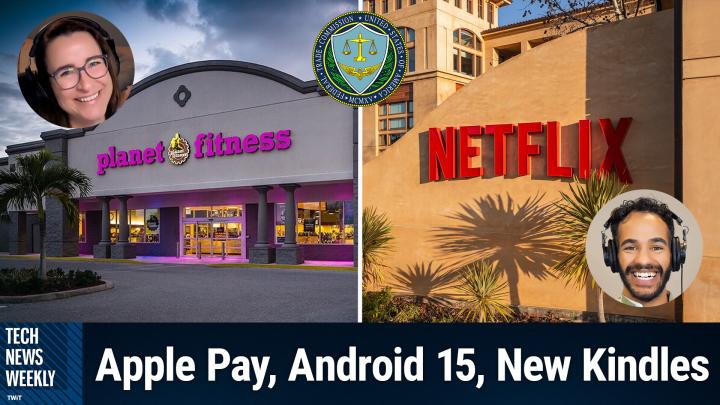The FTC's New Click-to-Cancel Rule
AI created, human edited.
FTC's New "Click-to-Cancel" Rule Makes Subscription Cancellations as Easy as Sign-ups
In a landmark decision that promises to revolutionize how consumers manage their subscriptions, the Federal Trade Commission (FTC) has approved the new "Click to Cancel" rule. Set to take effect in six months, this consumer-friendly regulation will require companies to make canceling subscriptions as straightforward as signing up for them.
What's Changing?
The new rule addresses a long-standing consumer frustration: while signing up for services has become increasingly simple with one-click solutions, canceling these same subscriptions often involves navigating complex phone trees, sending physical letters, or searching through buried website menus.
Under the new regulations, if you can sign up online, you must be able to cancel online. For in-person sign-ups, companies must provide a straightforward phone cancellation option. Gone are the days of sending cancellation letters to your gym or spending hours on hold with customer service.
Key Features of the Rule:
The new regulation brings several significant changes to how subscription services must operate. Companies will now be required to provide cancellation methods that match their signup process, ensuring consumers aren't trapped in complicated cancellation procedures. The rules also mandate clear and upfront disclosure about when free trials convert to paid subscriptions, coupled with timely notifications when charges are set to begin. These changes specifically target the elimination of deceptive practices and hidden subscription traps that have plagued consumers for years. Perhaps most importantly, the regulation puts an end to "stealth subscriptions" - those sneaky charges that appear months after a consumer thought they had canceled a service.
Real-World Impact
The scope of this new rule extends across the entire subscription economy. From streaming platforms like Netflix and Max to traditional gym memberships, cable TV services, subscription boxes, and various digital service providers - all will need to adapt their cancellation processes to comply with these new consumer-friendly standards. This widespread application ensures that consumers will experience consistent, straightforward cancellation processes regardless of the service type.
Consumer Protection in the Digital Age
This regulation reflects how digital transformation has changed consumer behavior. While one-click subscriptions have made services more accessible, they've also led to "subscription overload," with consumers struggling to manage multiple recurring payments. The new rule aims to restore balance to this ecosystem.
What This Means for You
The implementation of these new rules will transform how you manage your subscriptions. Instead of dreading the cancellation process, you'll be able to navigate straightforward online interfaces to end unwanted services. No longer will you need to endure lengthy conversations with retention specialists or wade through complicated cancellation procedures. This streamlined approach puts subscription management back in your hands, allowing you to efficiently control your recurring payments and service commitments.
Looking Ahead
While the implementation timeline and enforcement details are still developing, this represents a significant step forward in consumer protection. Companies will have six months to comply with the new regulations, though experts suggest the relatively modest fines might affect how quickly some businesses adapt their practices.
Bottom Line
The FTC's "Click to Cancel" rule marks a victory for consumer rights in the digital age. As subscription services continue to proliferate, these protections ensure that consumers maintain control over their financial commitments without unnecessary obstacles or friction. This change represents a significant shift toward more transparent and consumer-friendly subscription practices, setting a new standard for how companies must respect their customers' choices in the digital age.
Subscribe so you don't miss an episode: Tech News Weekly
